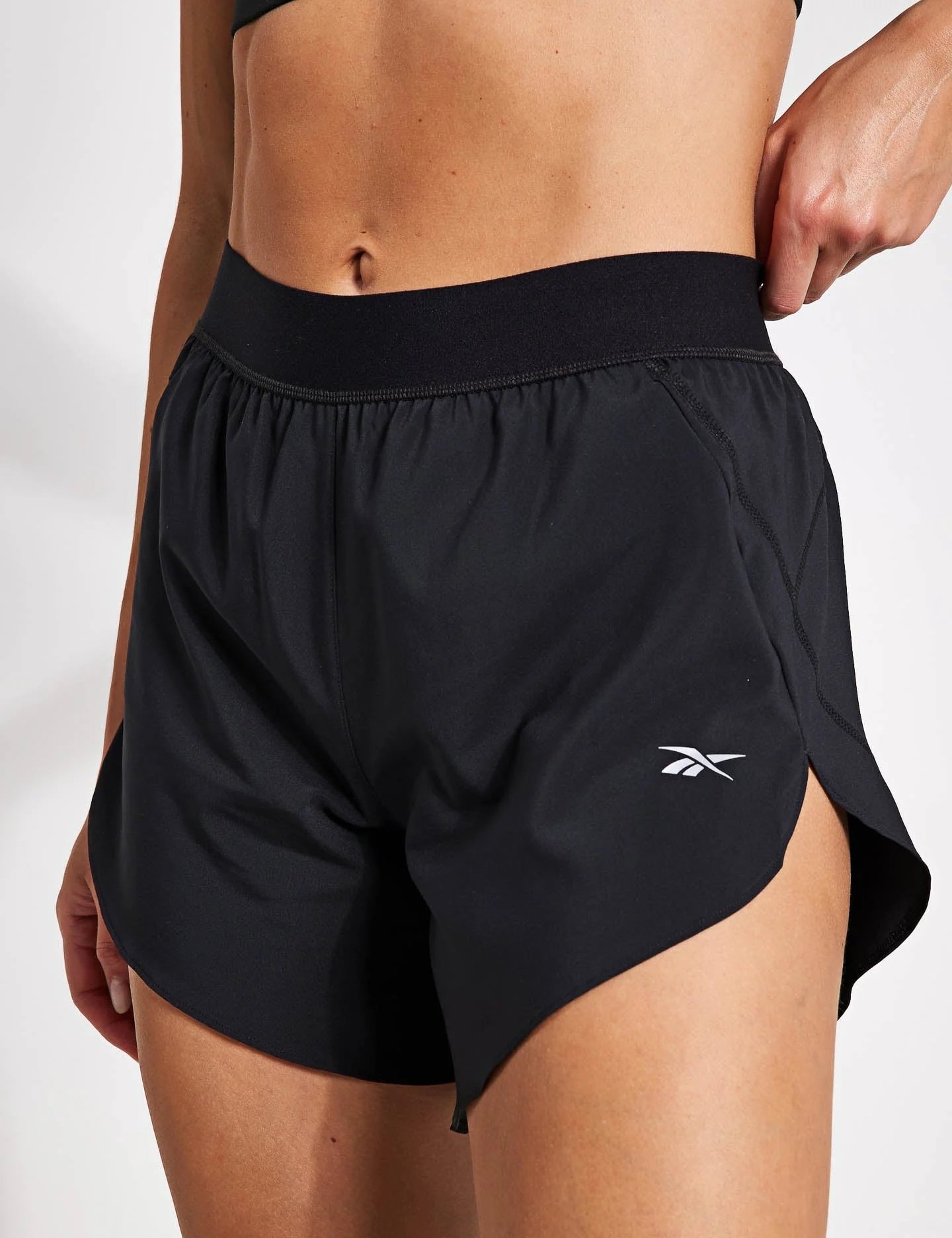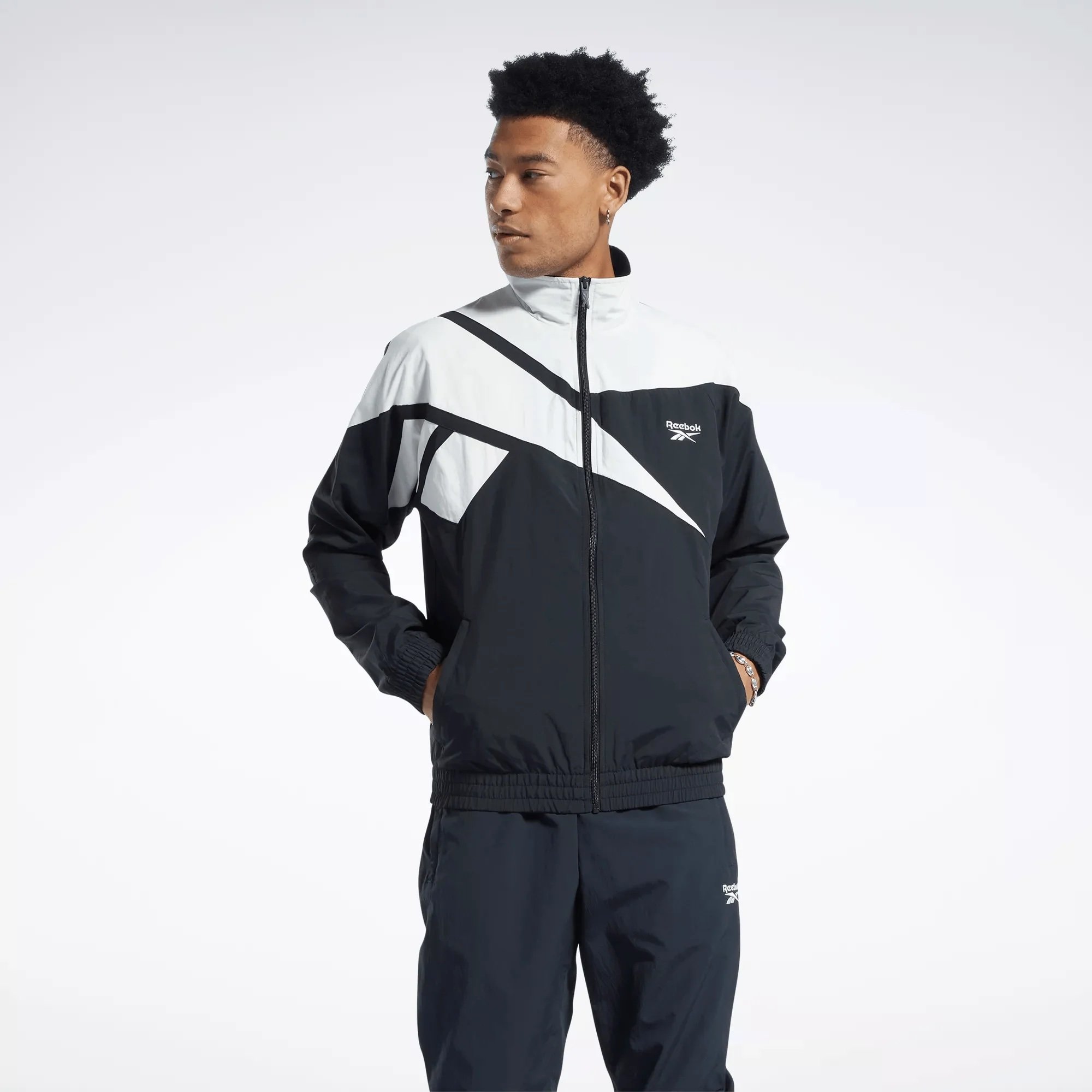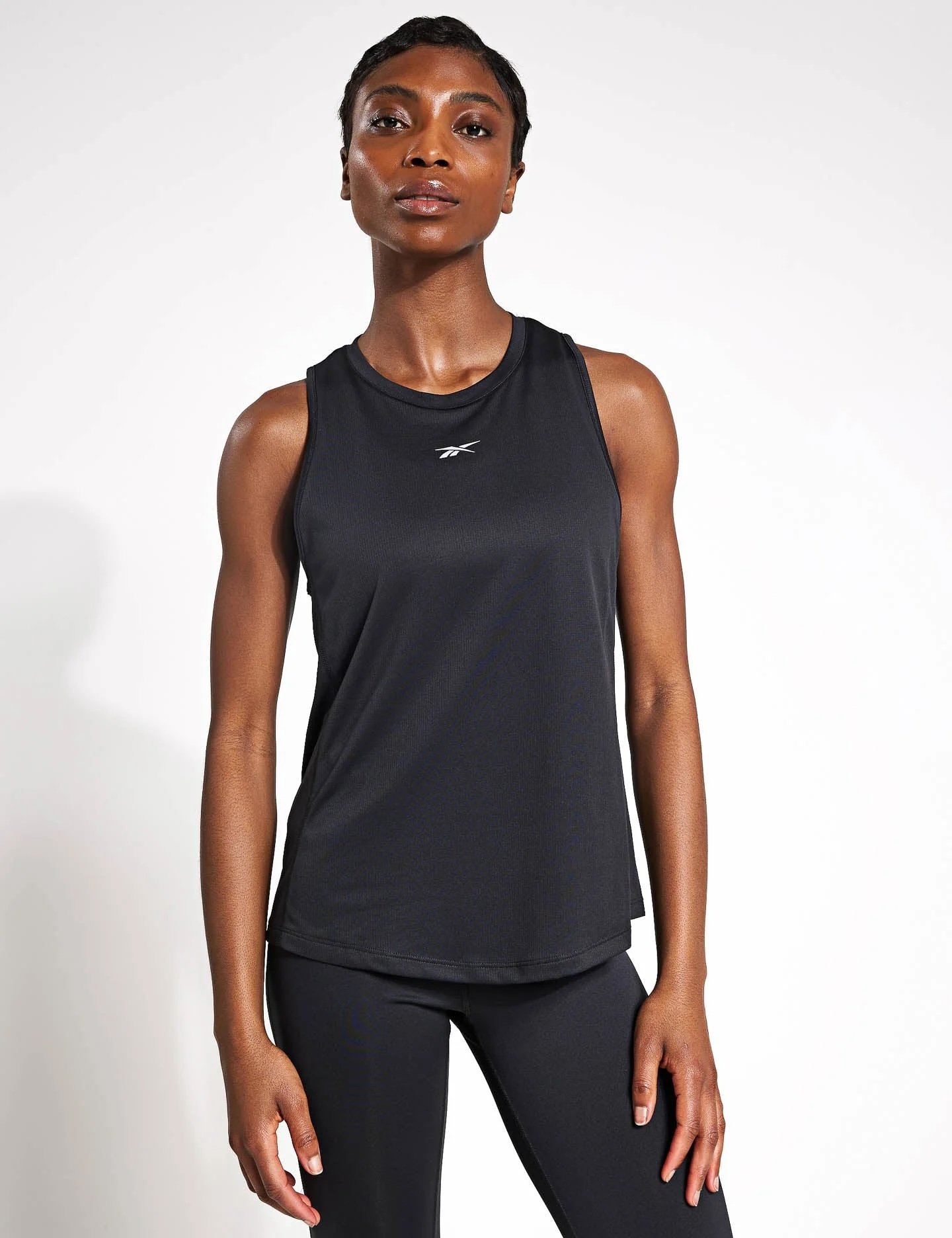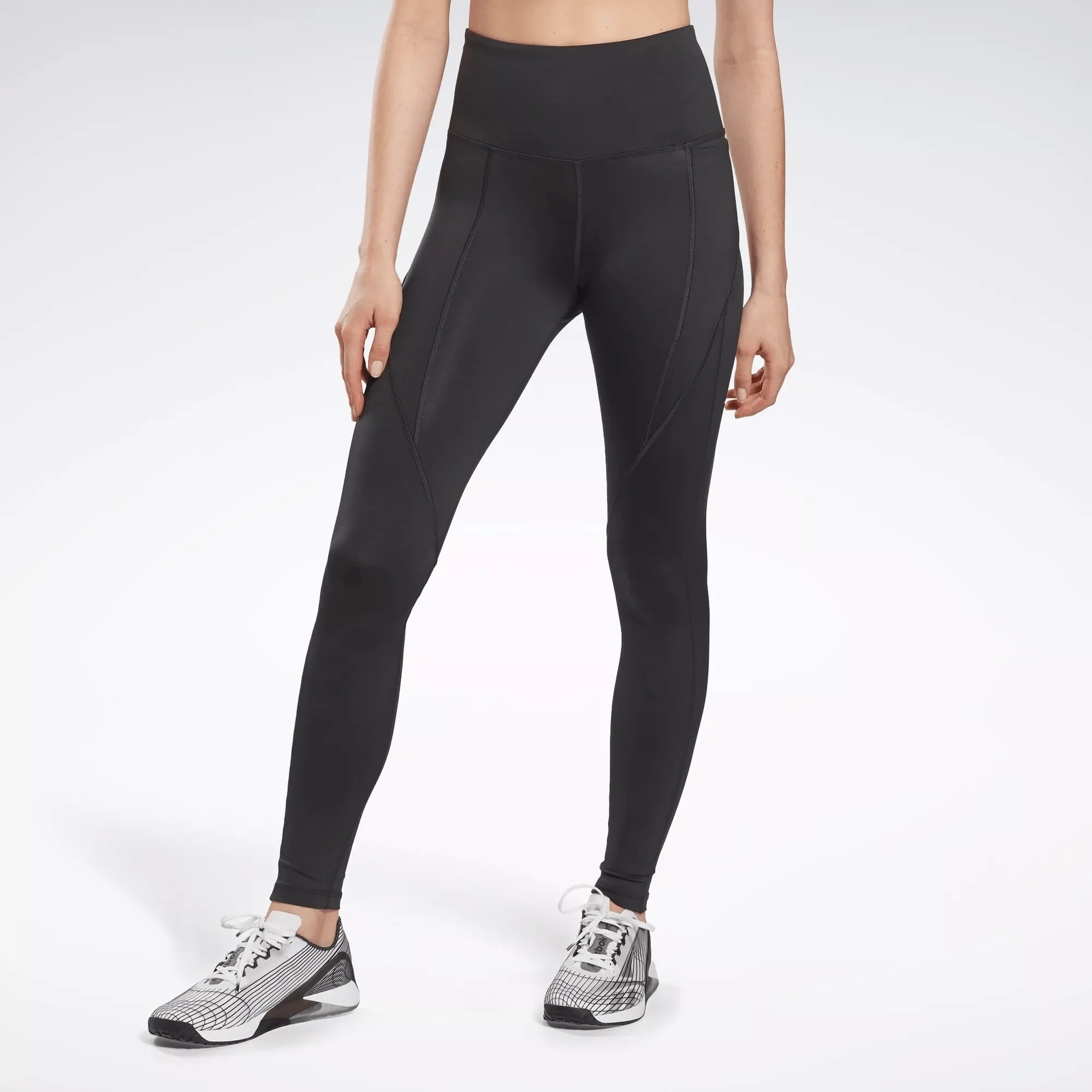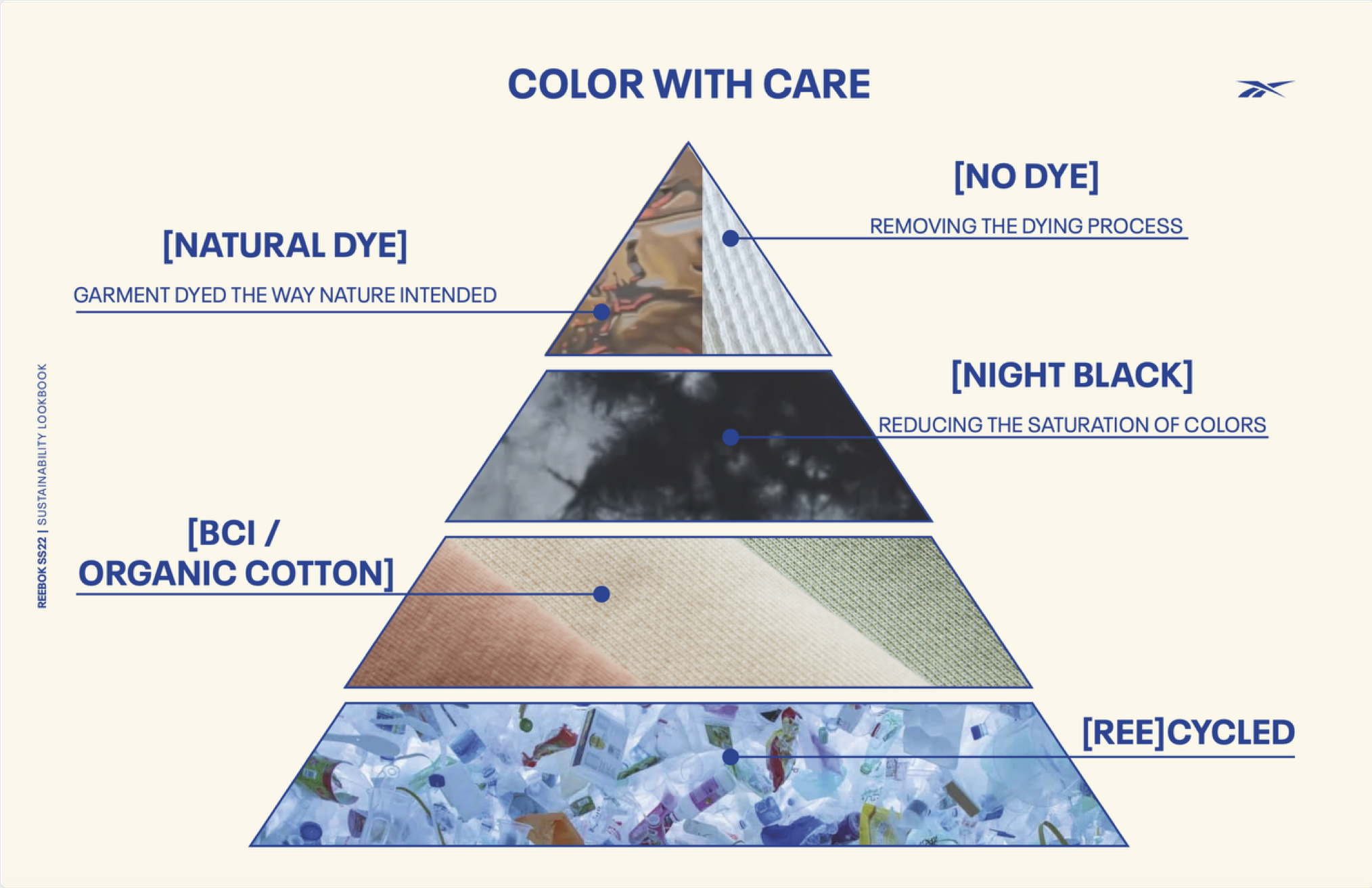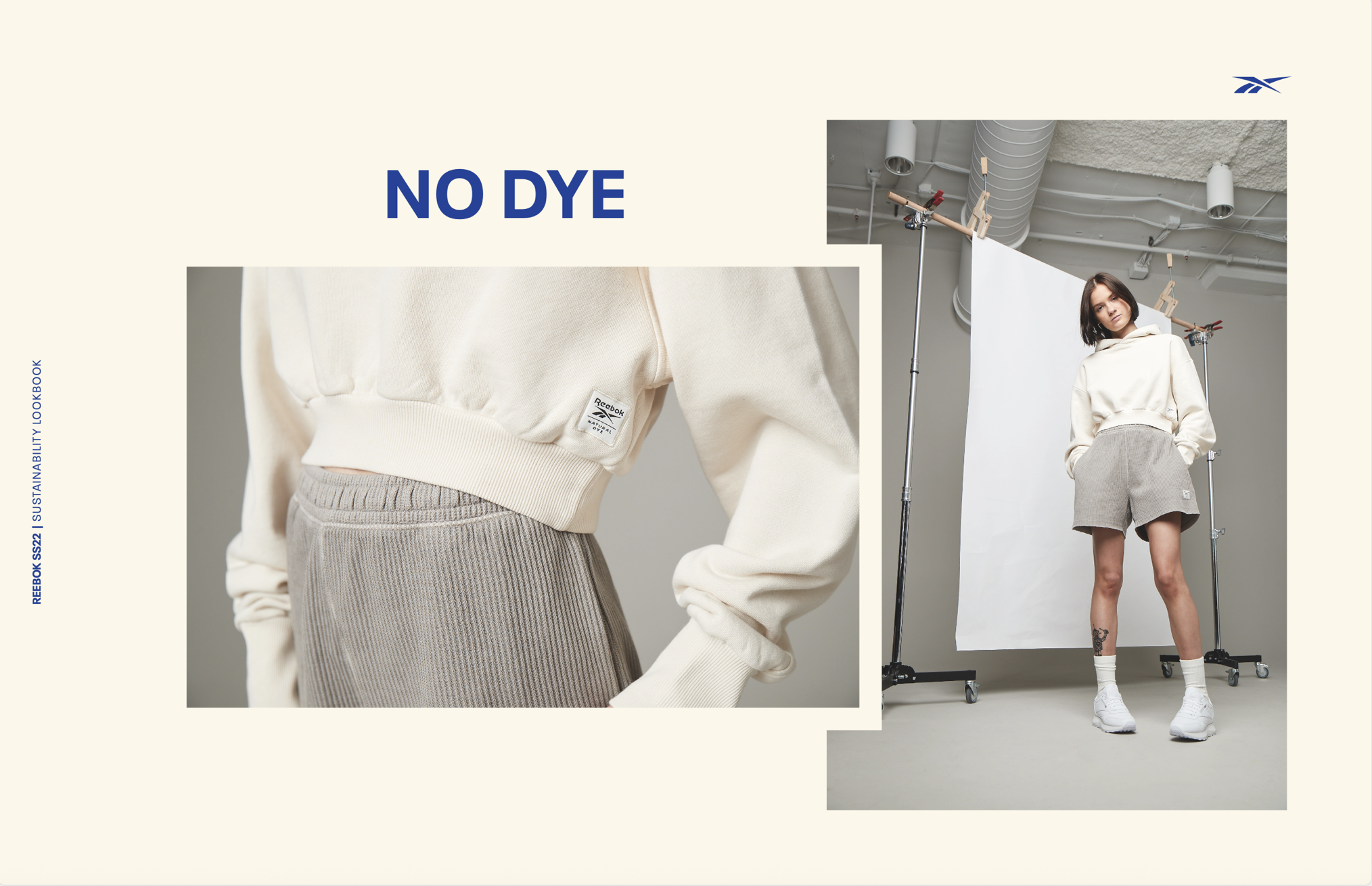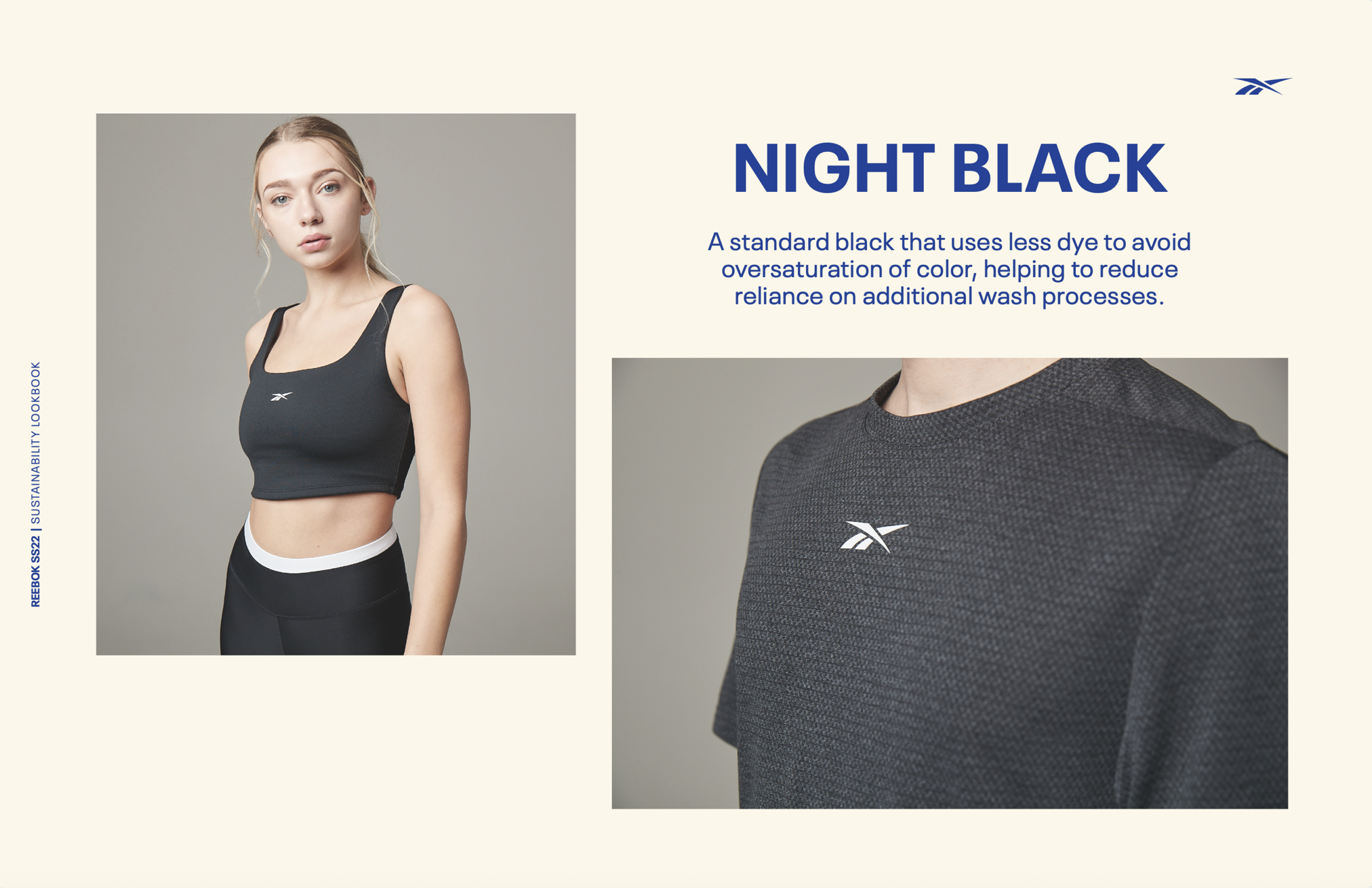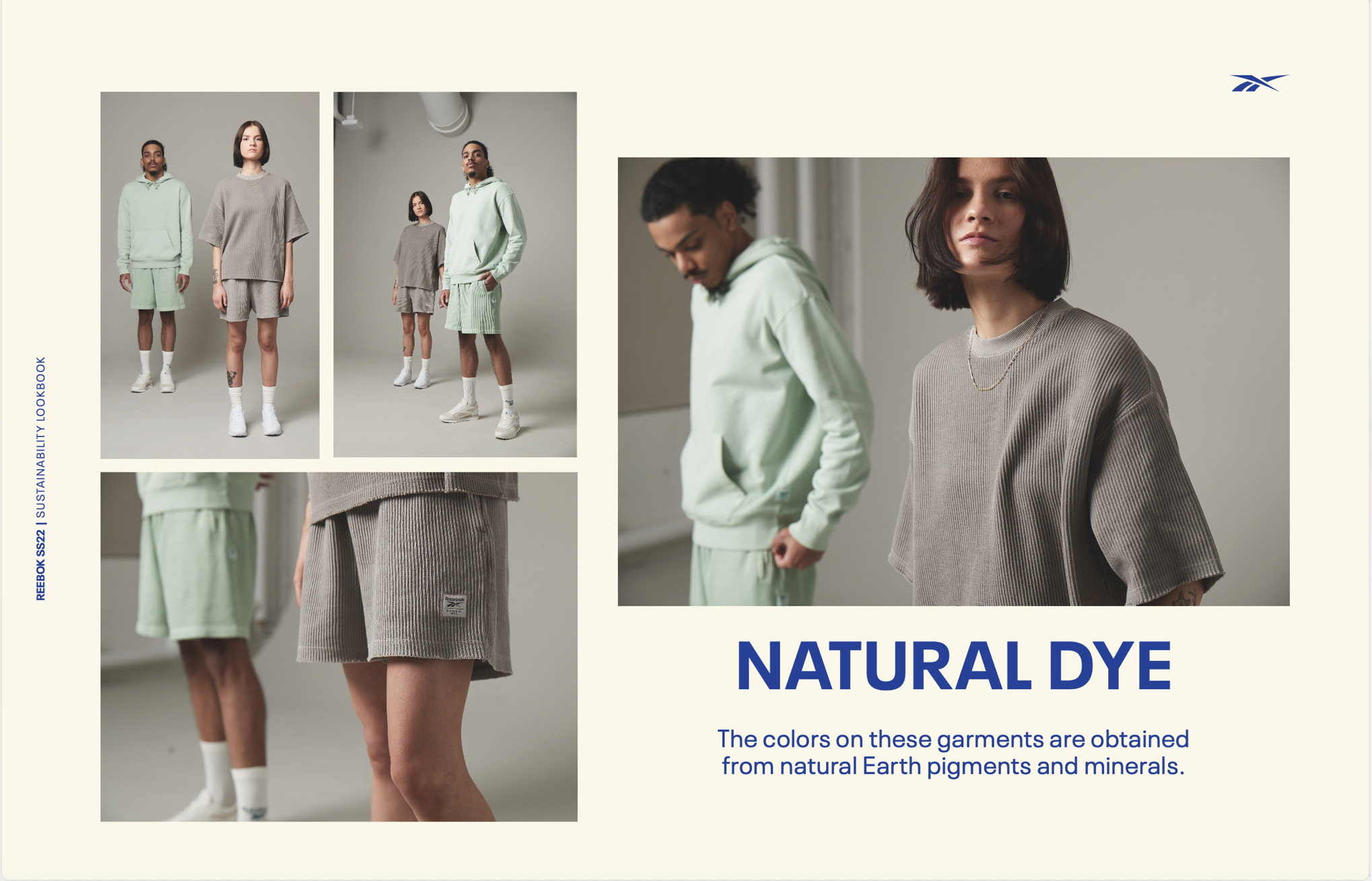
SUSTAINABLE COLOR
NATURAL DYE
Colors that come from natural earth pigments and minerals.
NON-DYED
Takes out the dyeing process to save energy, chemicals, and water.
NIGHT BLACK
A black color standard that uses less dye to avoid over-saturation of color, helping to reduce reliance on additional wash processes.

NATURAL DYE

In partnership with our suppliers, my team and I developed and implemented custom colors for Reebok’s natural dye collection. Each season, these colors are created using natural earth pigments and minerals.
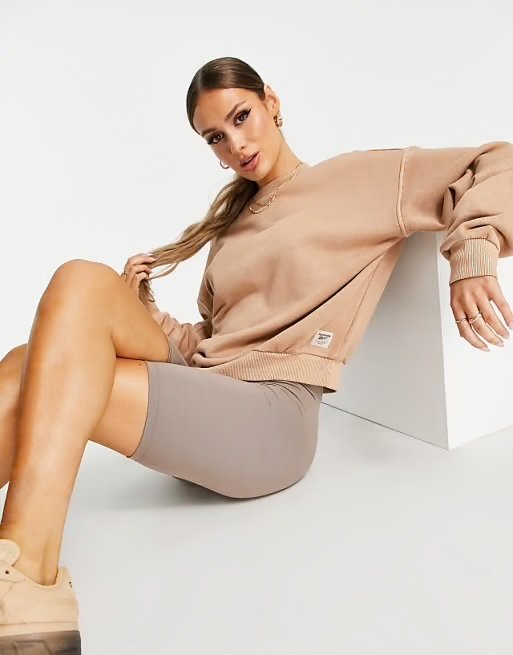
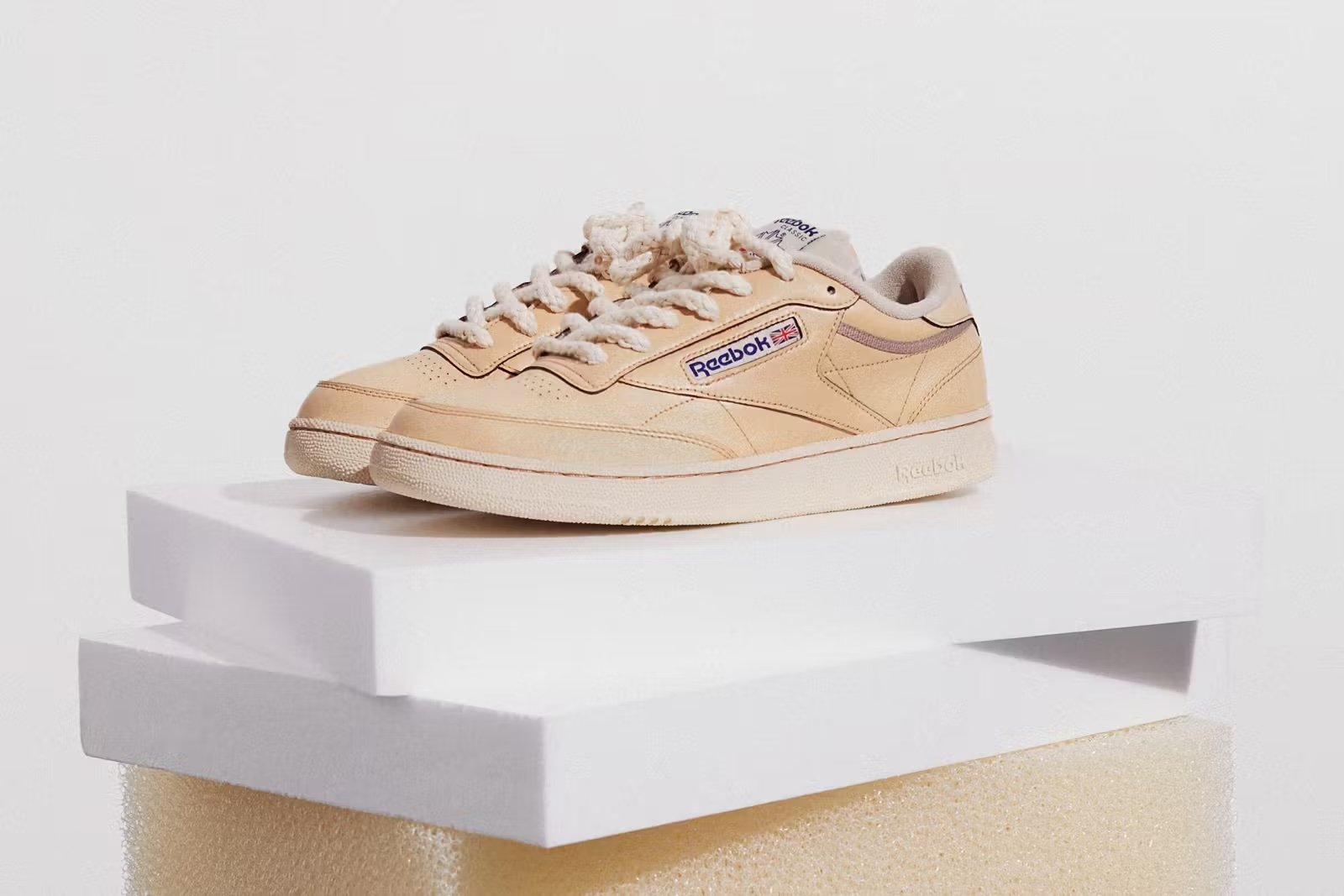

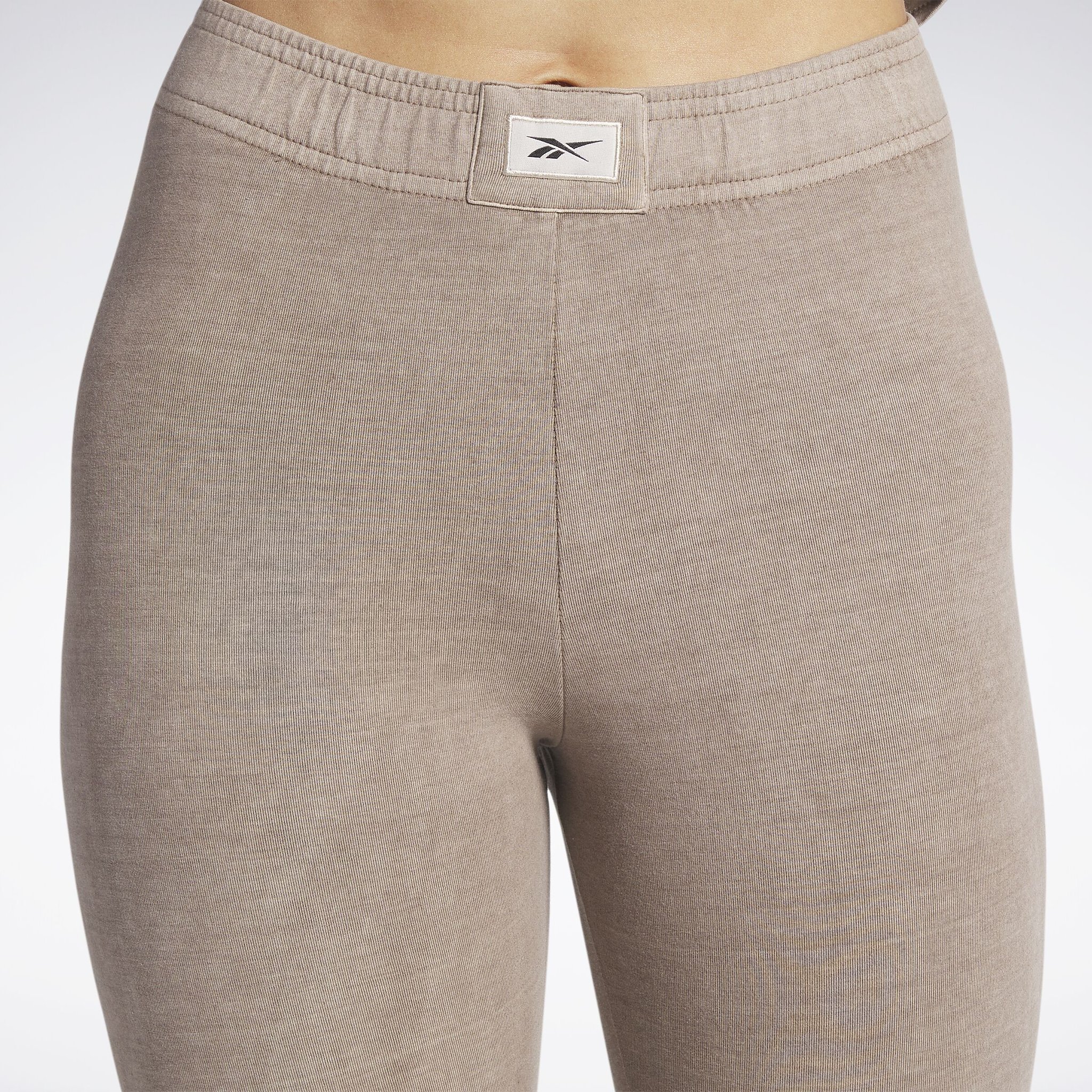
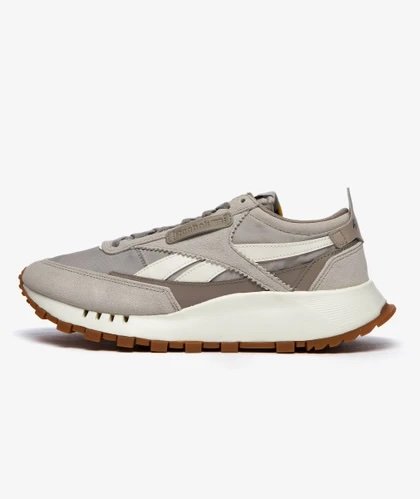
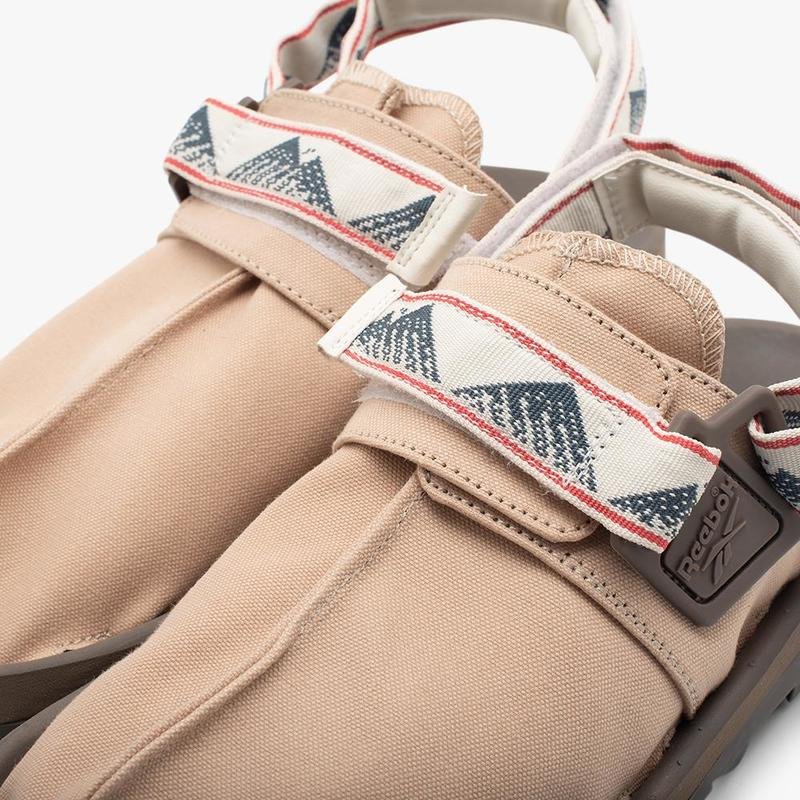
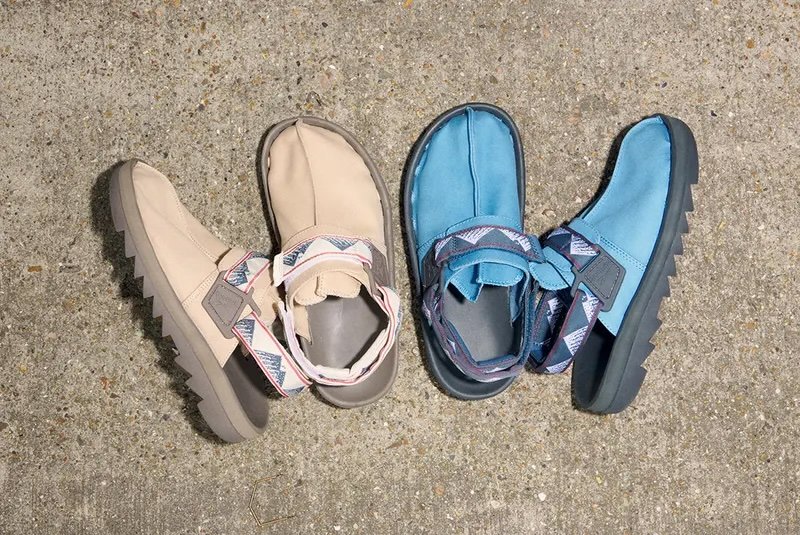



NON-DYED
Dyeing and finishing represent 36% of GHG Emissions across the value chain. Achieving water sustainability in the apparel and footwear supply chain is an important issue that needs to be tackled. Non-Dyed addresses this by taking out the dyeing process to save water, chemicals, and energy. In SS21, Non-Dyed AOVO was introduced as a key color to reduce wastewater in the production process.
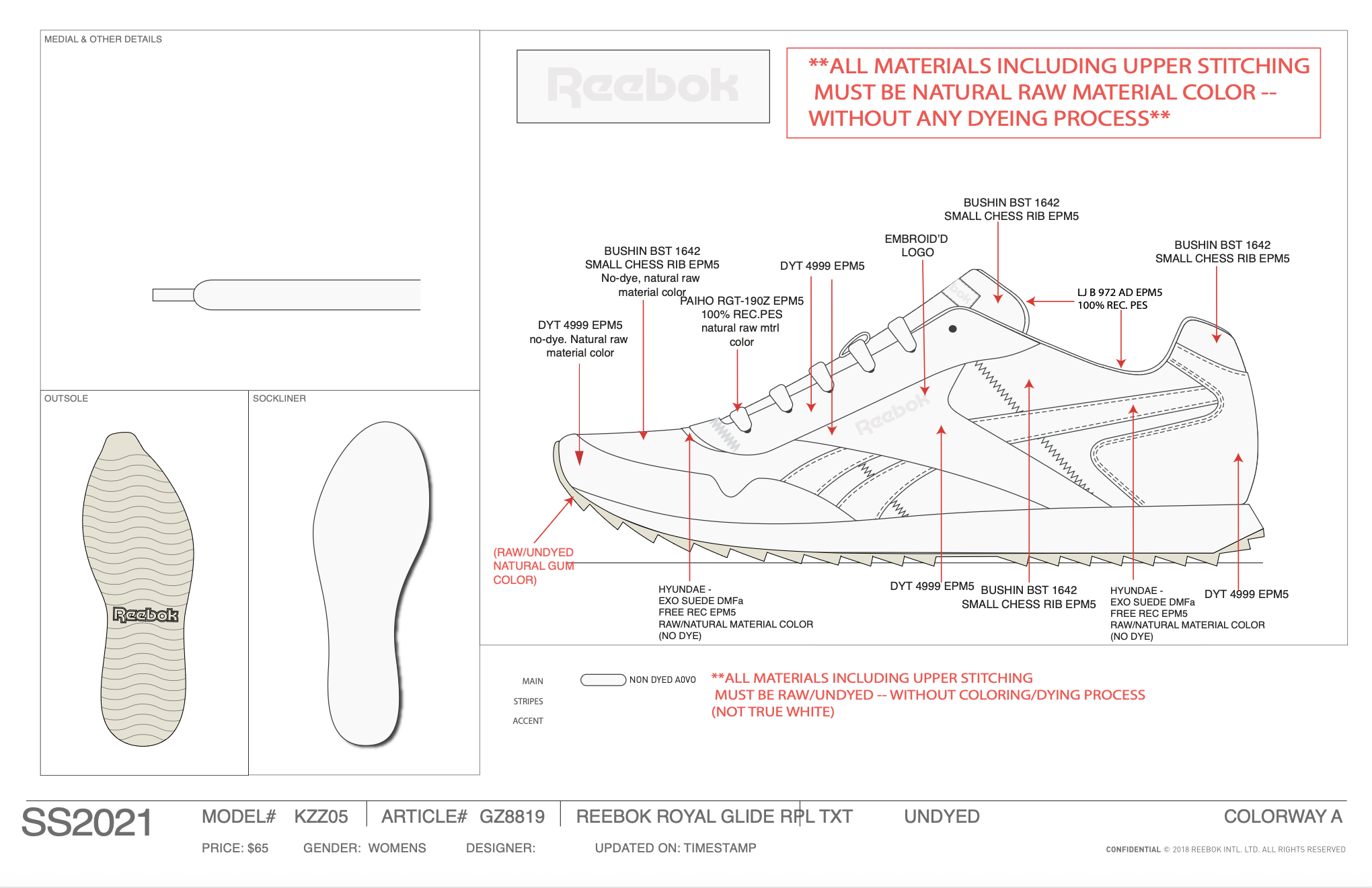
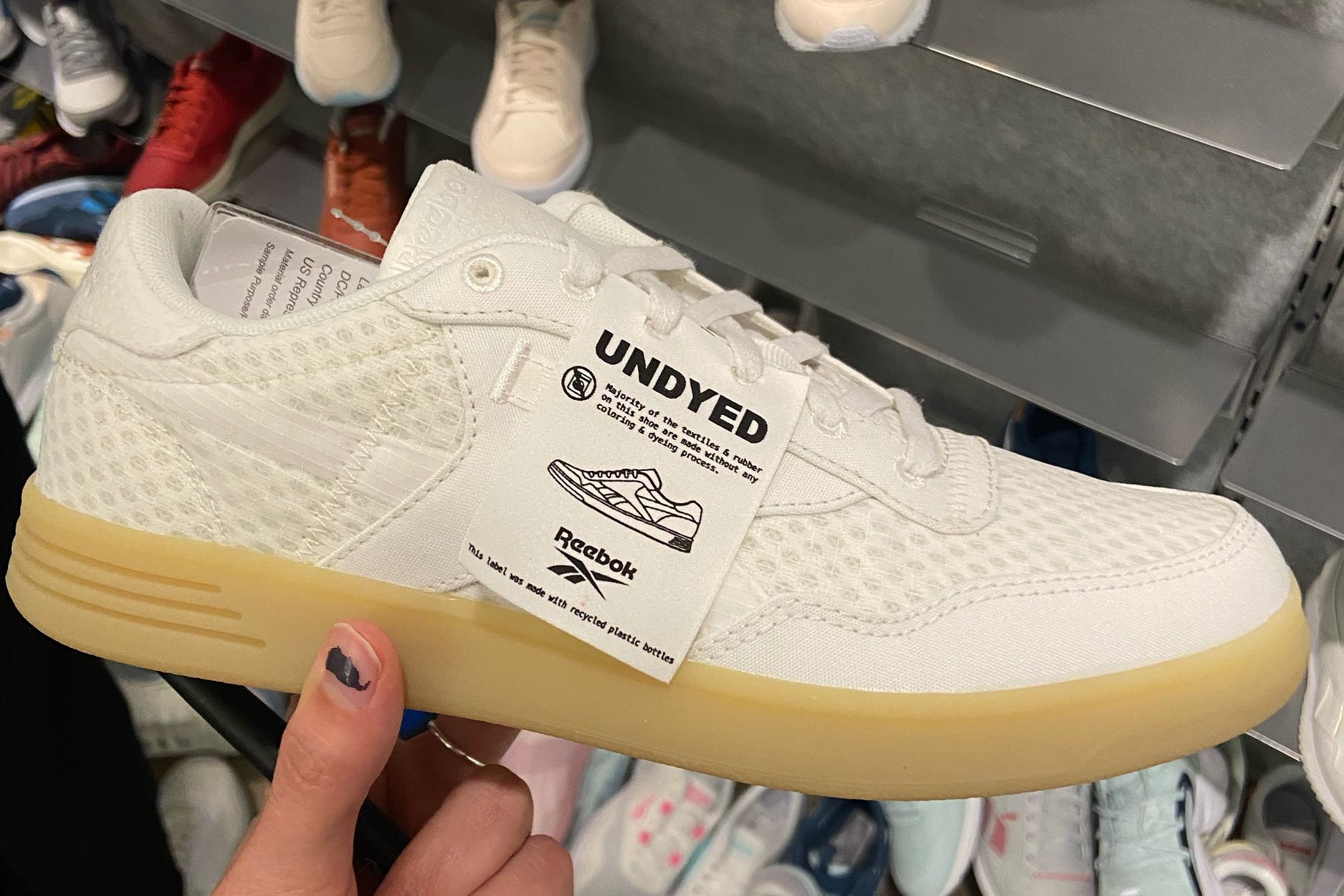
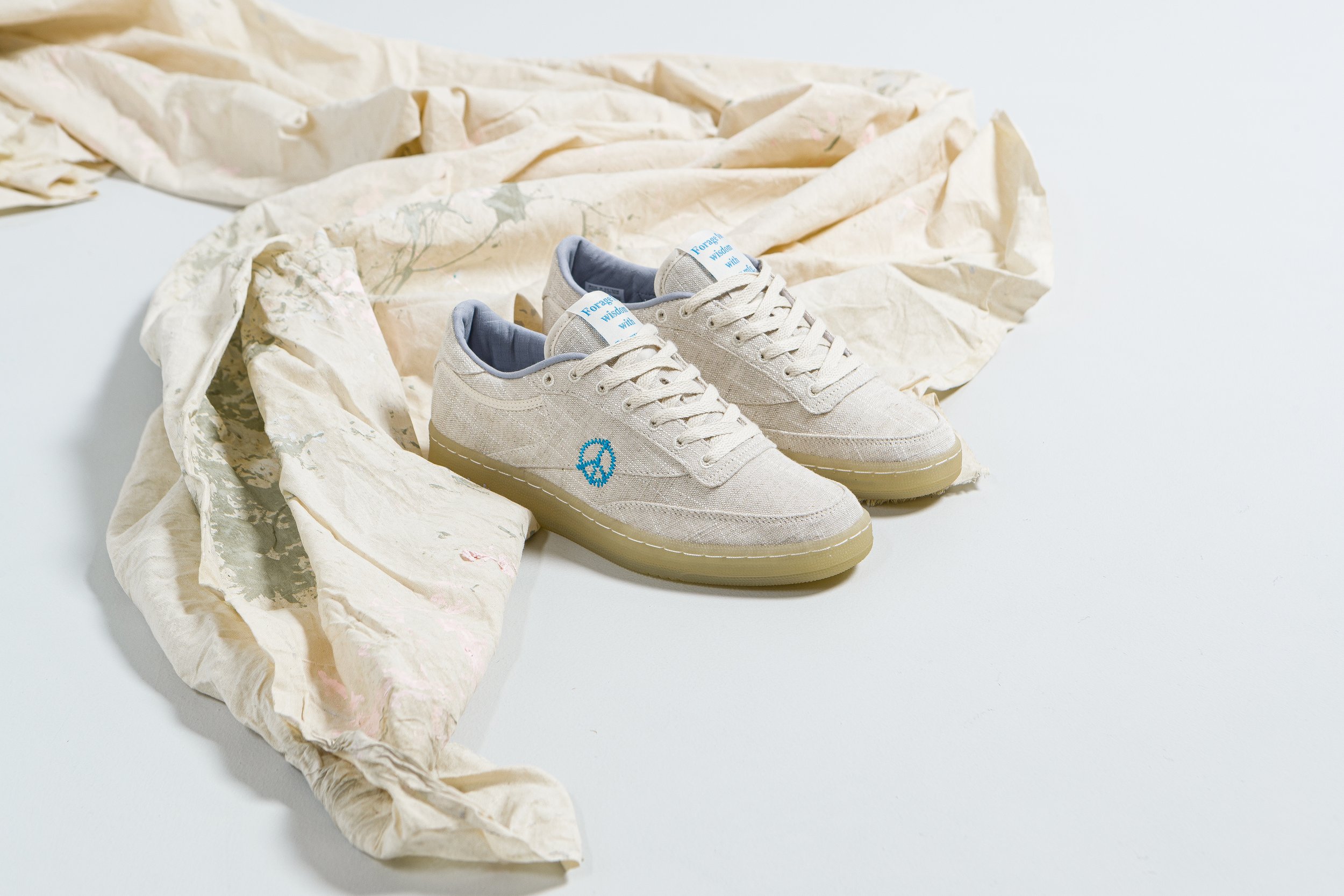
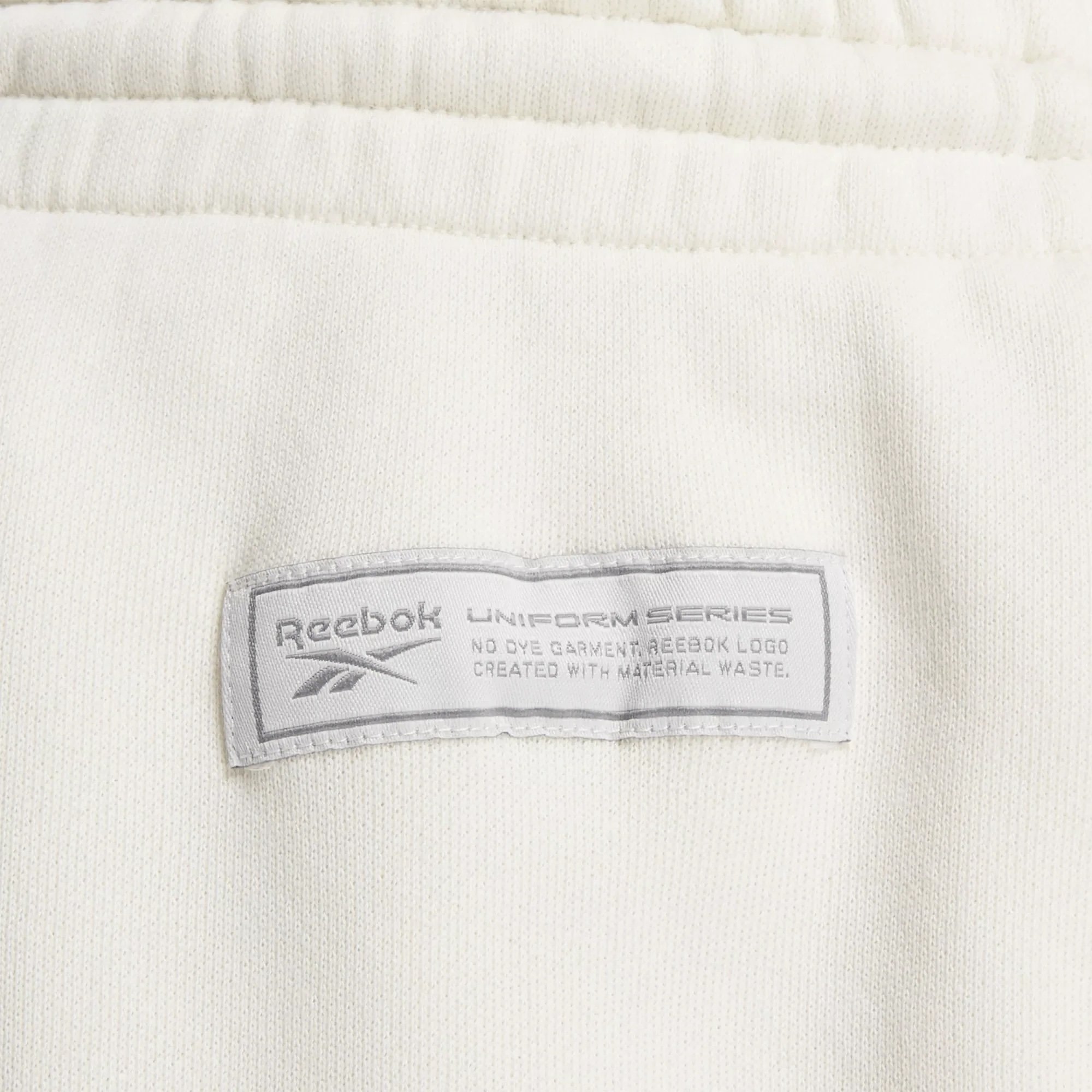
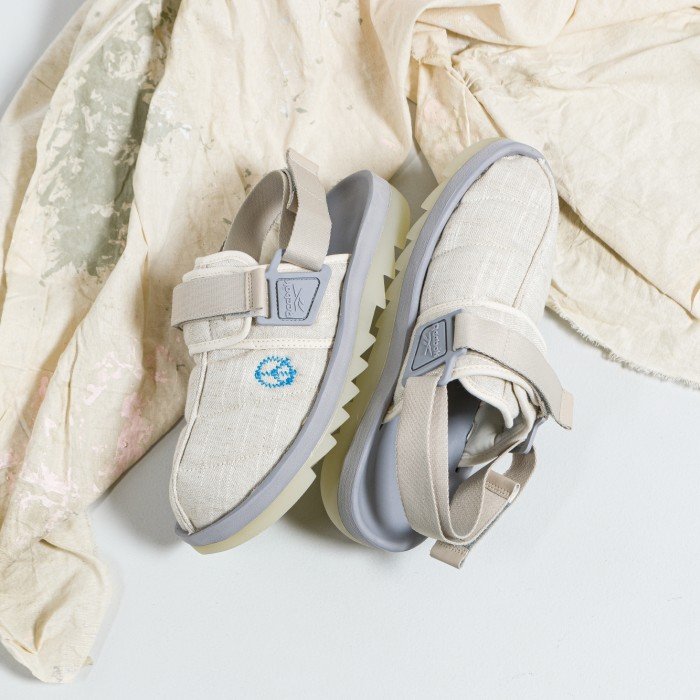
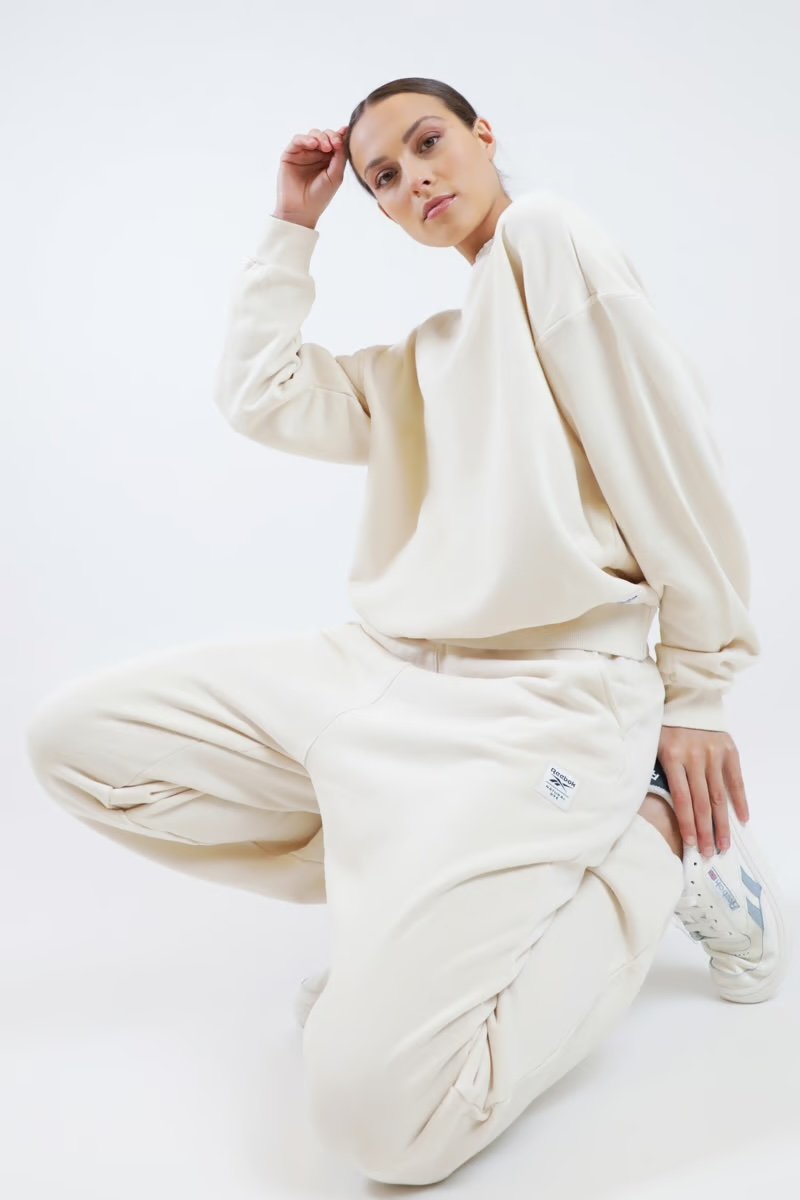
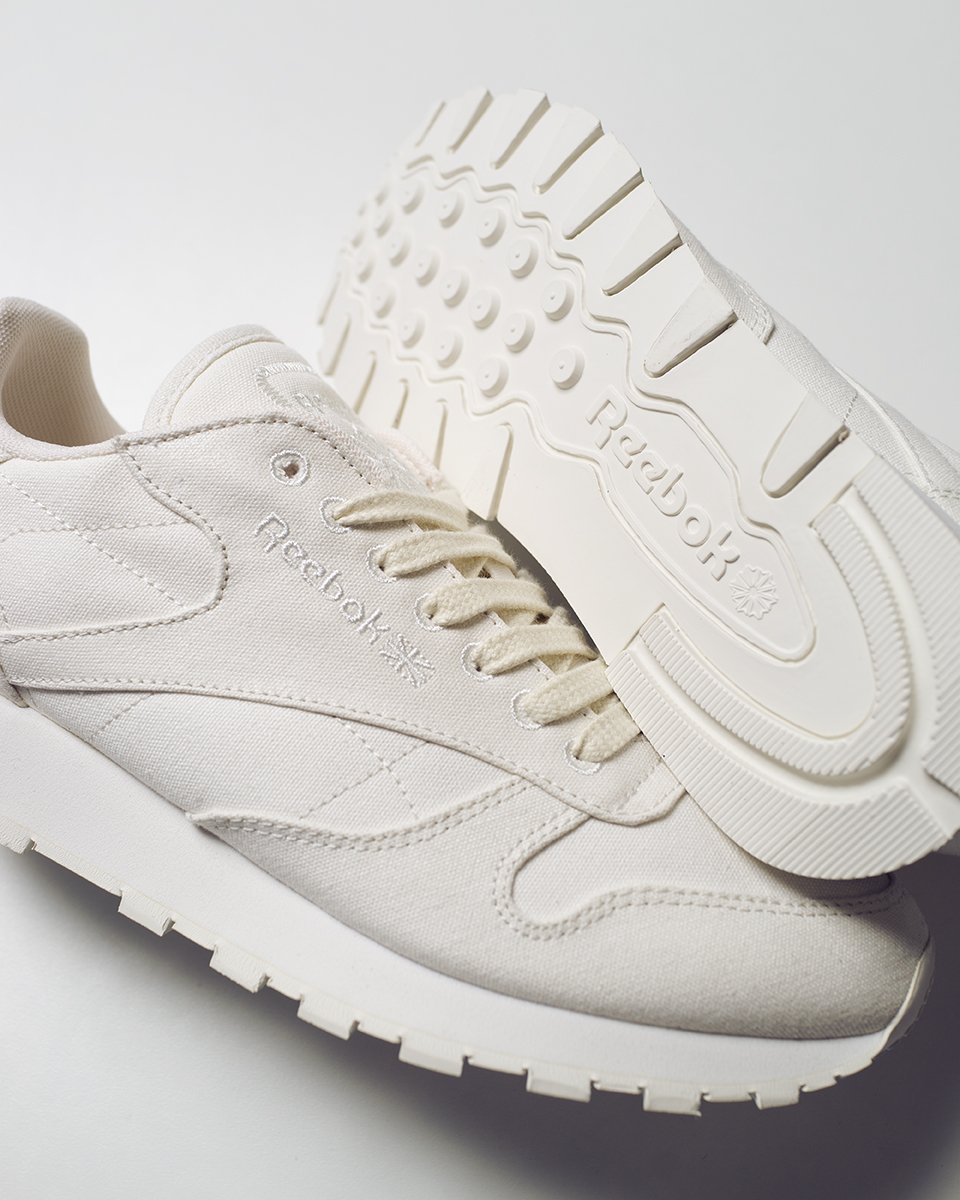
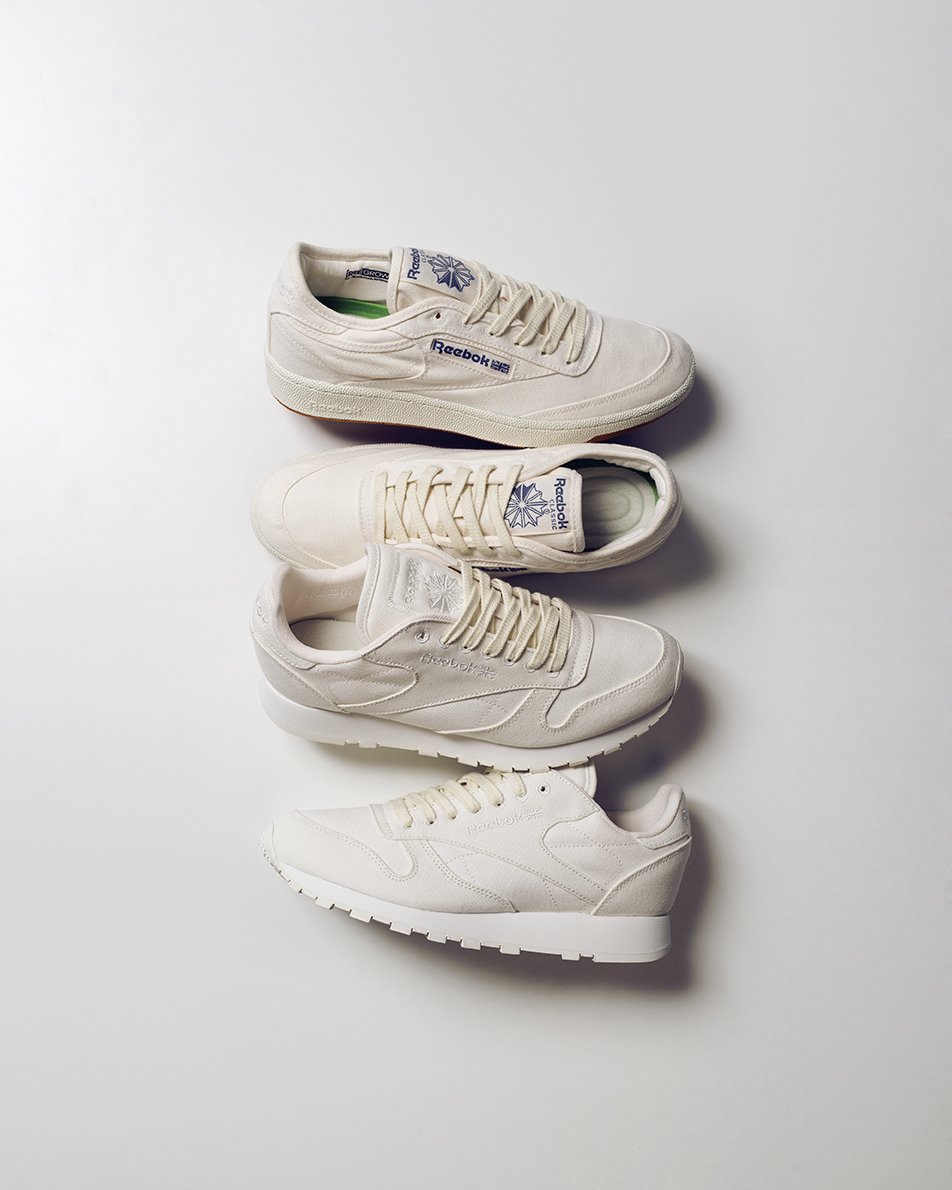
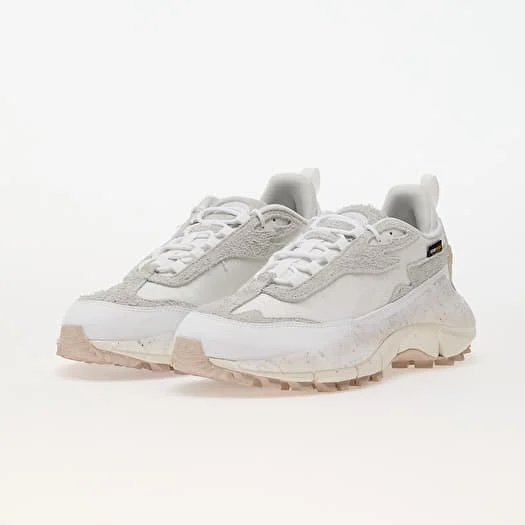



NIGHT BLACK
Like non-dye, less saturated colors also reduce the amount of water and chemicals used in the after-treatment process. The after-treatment process represents 40% of the total water used in textile dyeing. Night Black, a slightly less saturated black color standard, is a cost-neutral way to implement energy-saving actions in the largest volume driving color (black) across the brand.
Ever wonder why your clothes bleed in the wash or onto other garments? Many colors are oversaturated, which requires more dye, chemicals, and energy to produce. By aiming for a lower saturation point, water, chemicals, and energy are reduced during the dyeing process. This infographic illustrates the benefits of less saturated colors.
